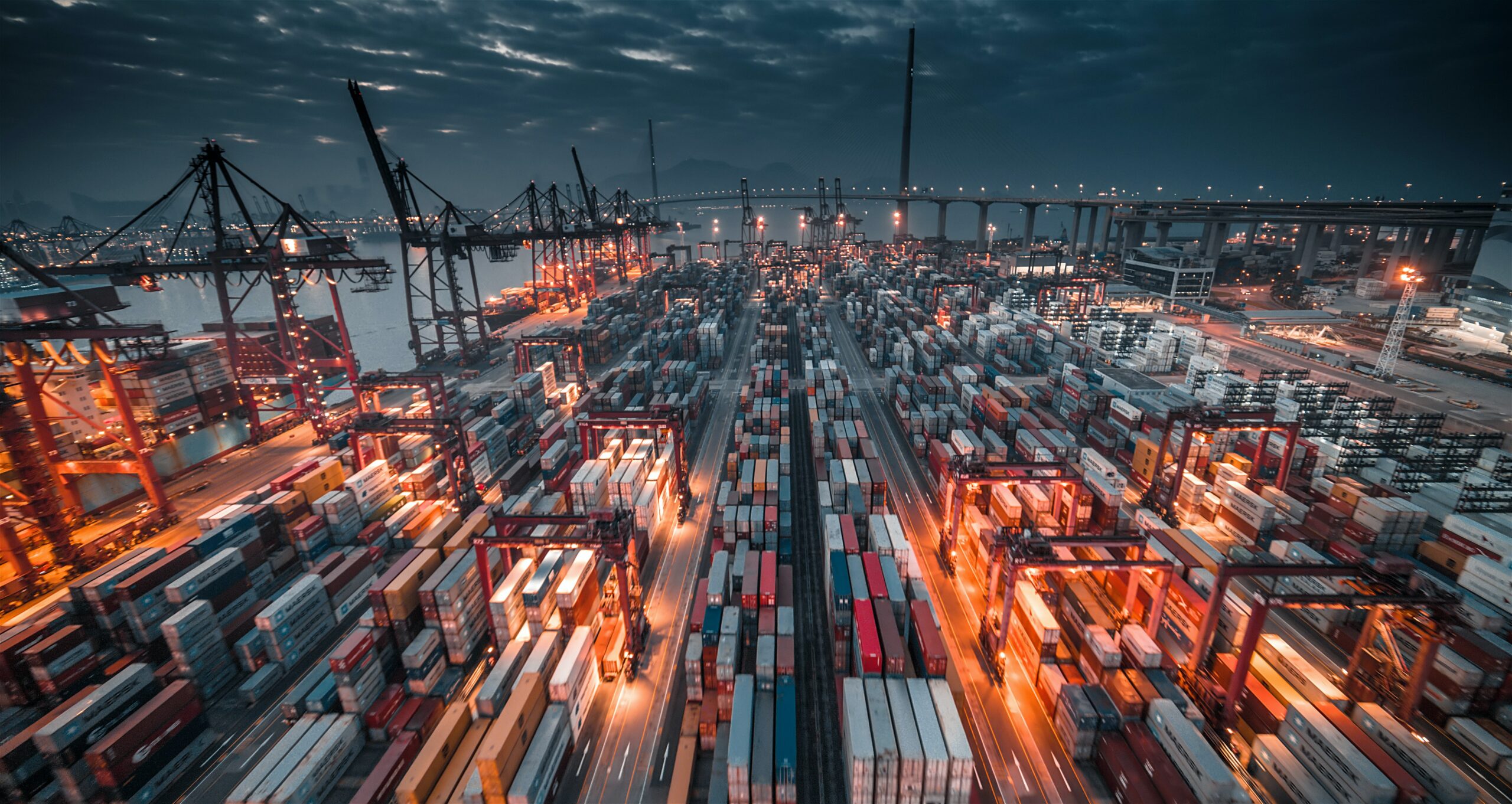
The Single Trade Window (STW) is a UK government initiative to create a one-stop digital entry point for UK traders where they can exchange data with customs and border authorities. Its objective is to grow the UK’s share of global commerce by reducing duplication, costs and delays at the border. The STW launch is scheduled for 2026, but this date is likely to be missed.
How will the STW work?
The various border authorities and agencies are expected to share data between themselves to provide the trader with a single point of digital interaction. Longer term, the government’s 2025 UK Border Strategy aims to create a seamless digital border that enables traders to complete and submit border information directly, with lower costs for everyone involved. This will require the adoption of standard data formats for automation, more international agreements on information exchange, and digital infrastructure to handle large volumes of live supply chain data.
What is the Single Trade Window replacing?
Under the current system, traders exchange data with up to 25 authorities and agencies at the UK border, depending on the type of consignment. Navigating the various data formats and portals is time-consuming and prone to human error, which risks penalties and goods seizure further down the line. As a consequence, many traders employ customs brokers to manage the complexities of customs valuation, tariff classification, and rules of origin.
These brokers and intermediaries employ a variety of e-customs software to connect with Community Systems Providers (CSP). CSPs are commercial entities that provide network services between HMRC, border agencies, and logistics operators such as freight forwarders and shipping lines. Each CSP badge (electronic login) provides access to designated ports, airports, and customs warehousing inventory systems. HMRC’s new digitally-enabled Customs Declaration Service (CDS), which replaces the old paper-based CHIEF system, can also be accessed via CSPs.
Why now?
The STW is designed to operate within the legislative framework of the UK’s Electronic Trade Documents Act which passed into law in 2023. The Act effectively puts electronic documentation on the same legal footing as traditional hard copy documents. It promises to eliminate paper form-filling, and countries such as Singapore with similar legislation are already piloting electronic bills of lading with UK traders.
New Zealand, Sweden, Switzerland and the United States have implemented single trade windows of their own to various degrees. This suggests a growing willingness to remove obstacles to electronic communication in international trade as outlined by the United Nations Centre for Trade Facilitation and Electronic Business (UN/CEFACT).
When will the Single Trade Window be complete?
Other countries have shown that implementing a basic single trade window shielded by robust data protection (GDPR) is achievable. However, the UK government’s longer term ambition to enable traders to self-declare their border data at no extra cost promises to be much harder.
It will require the industry to embrace digitalisation and AI so that live data can be exchanged between traders and governmental agencies without the need for intermediaries and consultants. Old-fashioned interactions with legacy port and commercial systems overseas will continue for many years in some territories, creating interoperability challenges. Fees for integrating with third parties such as airports, ports and overseas customs warehouses will not disappear any time soon, either. Delivering a truly seamless digital UK border is therefore likely to be an ongoing process rather than a ‘big bang’.


